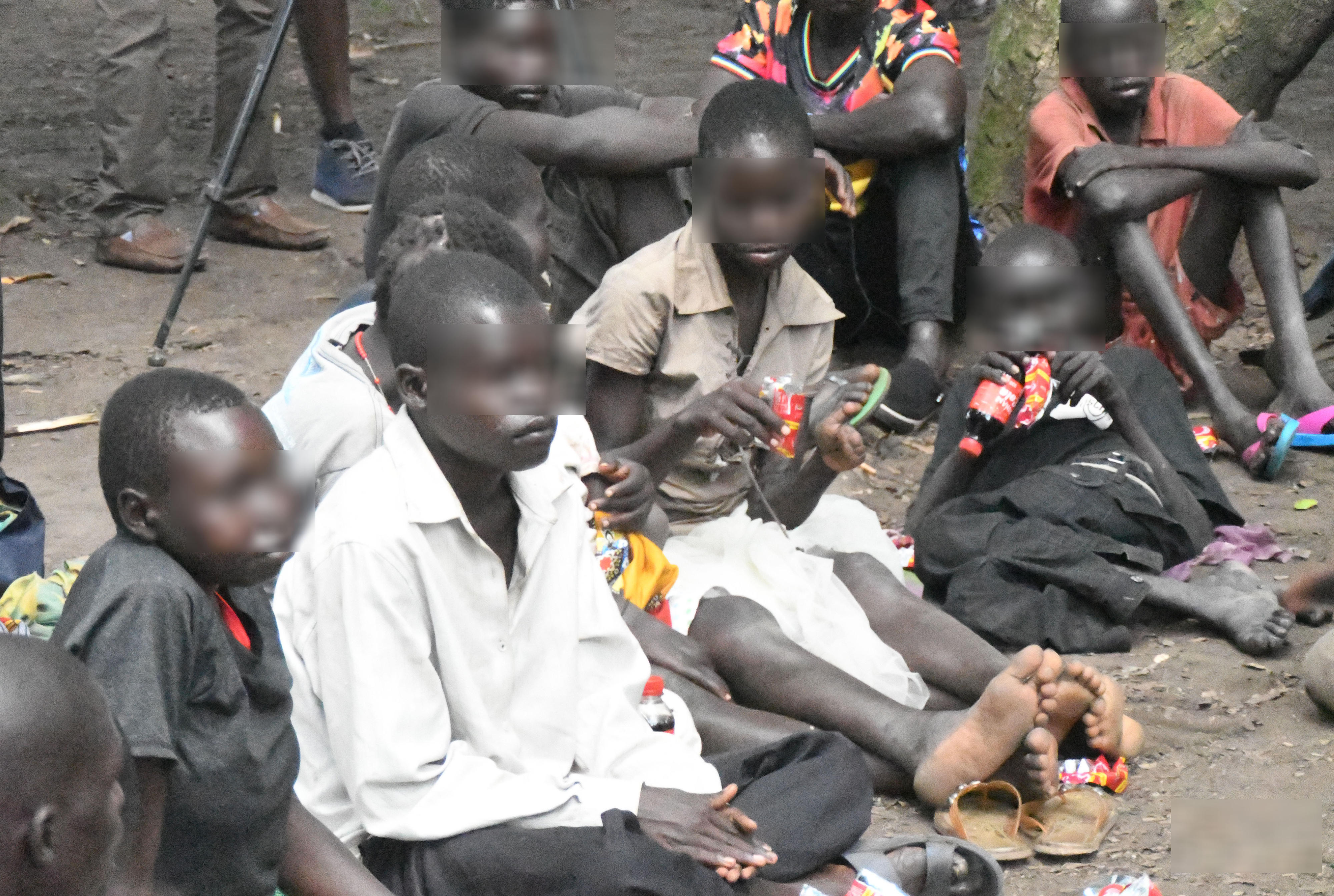Prime
Media must protect victims of sexual abuse at all times
What you need to know:
Concealment of identity. The idea behind concealment of victims of crimes (minor or not), is primarily to allow the abused to reconstruct their lives away from the glare of the public and not to stoke stigma against them. Many times, the police or relevant authorities will give the names of the victims, and sometimes the victims themselves (or their parents) will volunteer to reveal their identity.
On November 21, Juliet Nakato @Mulongo77 tweeted as follows: “These are minors and their information should be treated with confidentiality @DailyMonitor should know better. How do they adjust in new schools when their pictures are splashed all over the news? You can become part of the abuse chain.”
Byaruhanga Bakainaga @alfbyaru replied, saying: “Check out how your contemporaries treat the news regarding minors and vulnerable group with the sensitivity they deserve,” and attached a video of an Aljazeera TV news item about 23 pregnant girls and four babies rescued by police from a “baby factory” in Imo State, eastern Nigeria. The video had blurred the faces of the teenage girls as the harrowing story of their ordeal was presented by the reporter.
In the interview with one of the girls, only a portion of her face was shown in such a way that she could not be recognised.
The above tweets emanated from a story in the online edition of Daily Monitor of the same day [November 21] titled ‘Missing schoolgirls Found’, in which the photo and full names of the schoolgirls aged 12, 15 and 16 that are victims of sex abuse, was published. The girls had been rescued by police from diverse places where they had been “married” after being lured from school by three men – a boda boda rider, a building site porter and the third not identified.
The story written by reporter Tausi Nakato was published in the newspaper on page 12 under the same headline.
While it was an important story to publish, should the identities of the victims, who are minors (below 18 years old), have been carried in both editions (online and print) of the newspaper? Clearly no because it is basic journalism practice not to identify victims of abuse.
Part III of the NMG Editorial Policy Guidelines & Objectives titled, ‘Ethical Principles: Code of Conduct and Ethics for NMG Journalists’, has two clear provisions on this issue. They are reproduced below:
Protection of children. Children should not be identified in cases concerning sexual offences, whether as victims, witnesses or defendants. In particular, a TV broadcast, that for reasons of completeness cannot avoid using footage where such children are a central theme, must use every trick in the book to mask their identities.
Except in matters of public interest, like in cases of child abuse or abandonment, journalists should not normally interview or photograph children on subjects involving their personal welfare in the absence of or without the consent of a parent or other adult who is responsible for the children. Children should not be approached or photographed while at school without the permission of the school authorities.
Victims of sex crimes. The media should not identify victims of sexual assault or publish material likely to contribute to such identification. Such exposure does not serve any legitimate journalistic or public interest and may bring social opprobrium to the victims and social embarrassment to their relations, family, friends, community or religious order to which they belong. Editors have a moral obligation to ensure they leave no margin whatsoever that could lead to the identification of such victims.
The above provisions should have guided the reporter and editors in the handling of this story. By not following the basic tenets of journalism, the provisions of the NMG editorial guidelines as well as paying little or no attention to the impact such exposure could have on the future of these abused children, the story in many ways amounted to a continuation of the abuse of the victims, which is the point Juliet Nakato and Byaruhanga intimated in their tweets.
The idea behind concealment of victims of crimes (minor or not), is primarily to allow the abused to reconstruct their lives away from the glare of the public and not to stoke stigma against them.
Many times, the police or relevant authorities will give the names of the victims, and sometimes the victims themselves (or their parents) will volunteer to reveal their identity. However, journalists have an obligation to sieve this and to at all times put the interests of the victims above all else.
In the case of the three young girls in the story above, they have been taken back to school (different ones I suspect) where they should be allowed to start all over again without a badge in the national media about a misfortune they are not legally responsible for.
Send your feedback/complaints to
[email protected]
or call/text on +256 776 500725.




